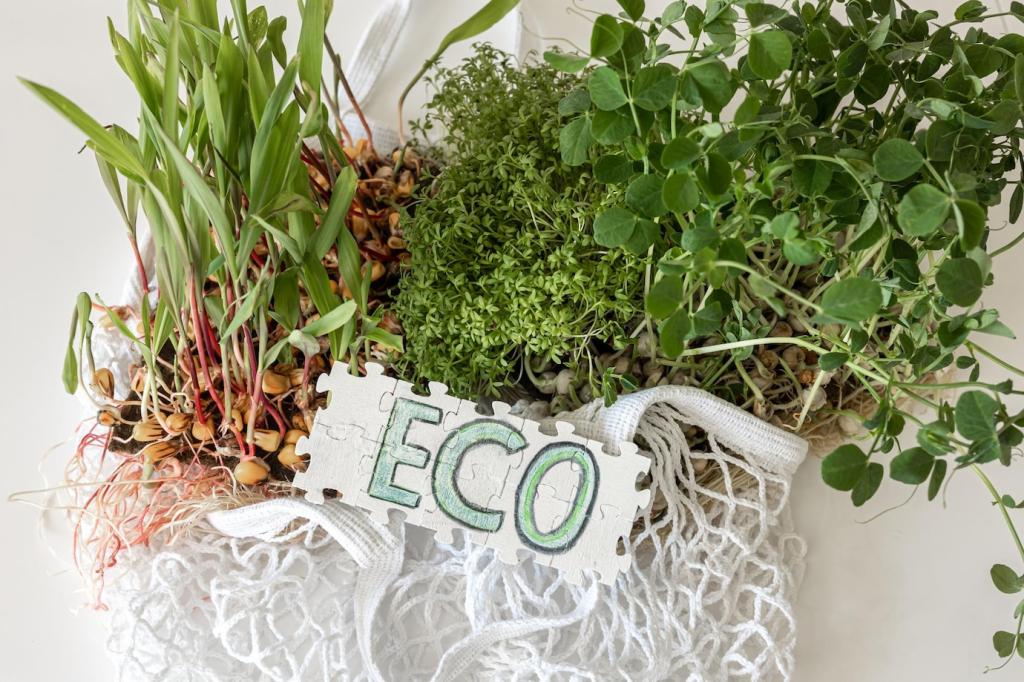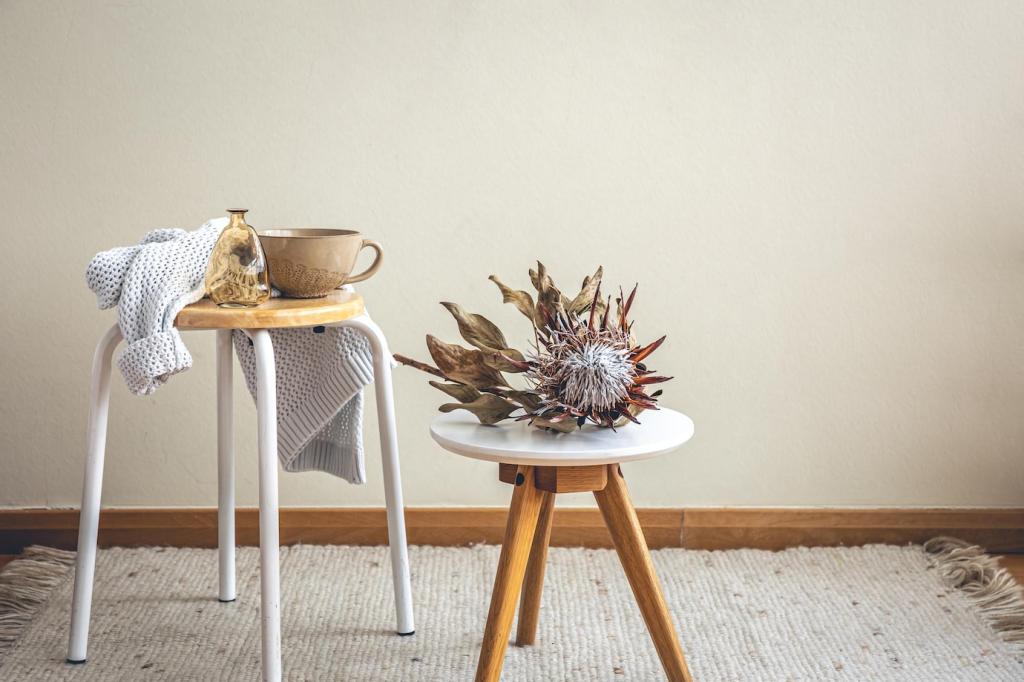Cultural Heritage and Ethical Sourcing of Color
Many colors carry ancestral knowledge. If your palette draws on traditional techniques, name the communities, seek consent, and collaborate on benefit sharing. Attribution and fair compensation transform inspiration into partnership, supporting living cultures rather than extracting aesthetics.
Cultural Heritage and Ethical Sourcing of Color
Ask suppliers for documentation on origin, labor standards, and environmental practices. Third-party audits help, but direct relationships build trust. Share summaries with your audience so they understand how your palette reflects accountability from source to finished experience.
Cultural Heritage and Ethical Sourcing of Color
Go past harm reduction. Support soil rebuilding, water remediation, and biodiversity projects where pigments are grown or mined. When color choices actively heal ecosystems, your palette becomes a living commitment—and a compelling story worth subscribing to and sharing.
Cultural Heritage and Ethical Sourcing of Color
Lorem ipsum dolor sit amet, consectetur adipiscing elit. Ut elit tellus, luctus nec ullamcorper mattis, pulvinar dapibus leo.






